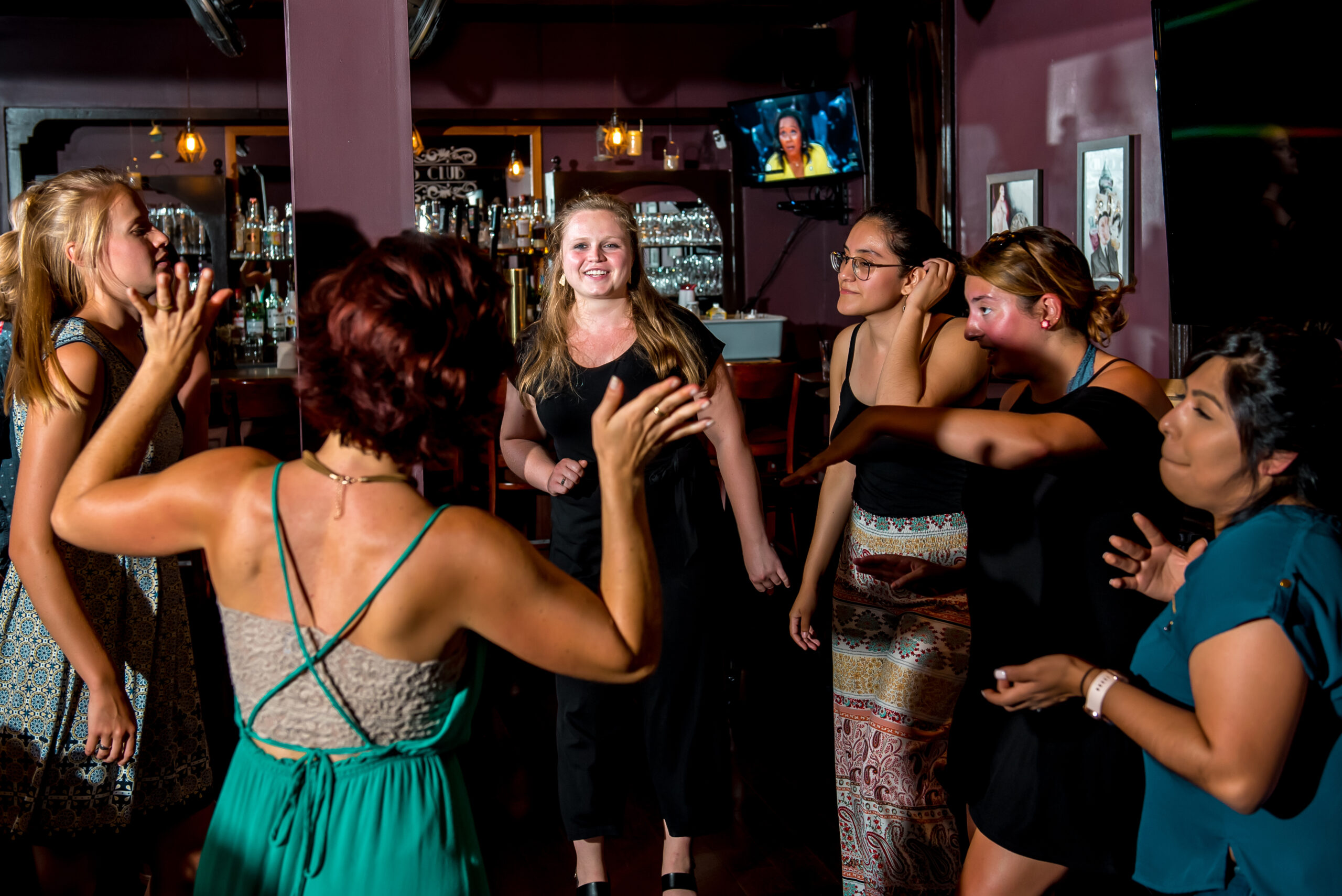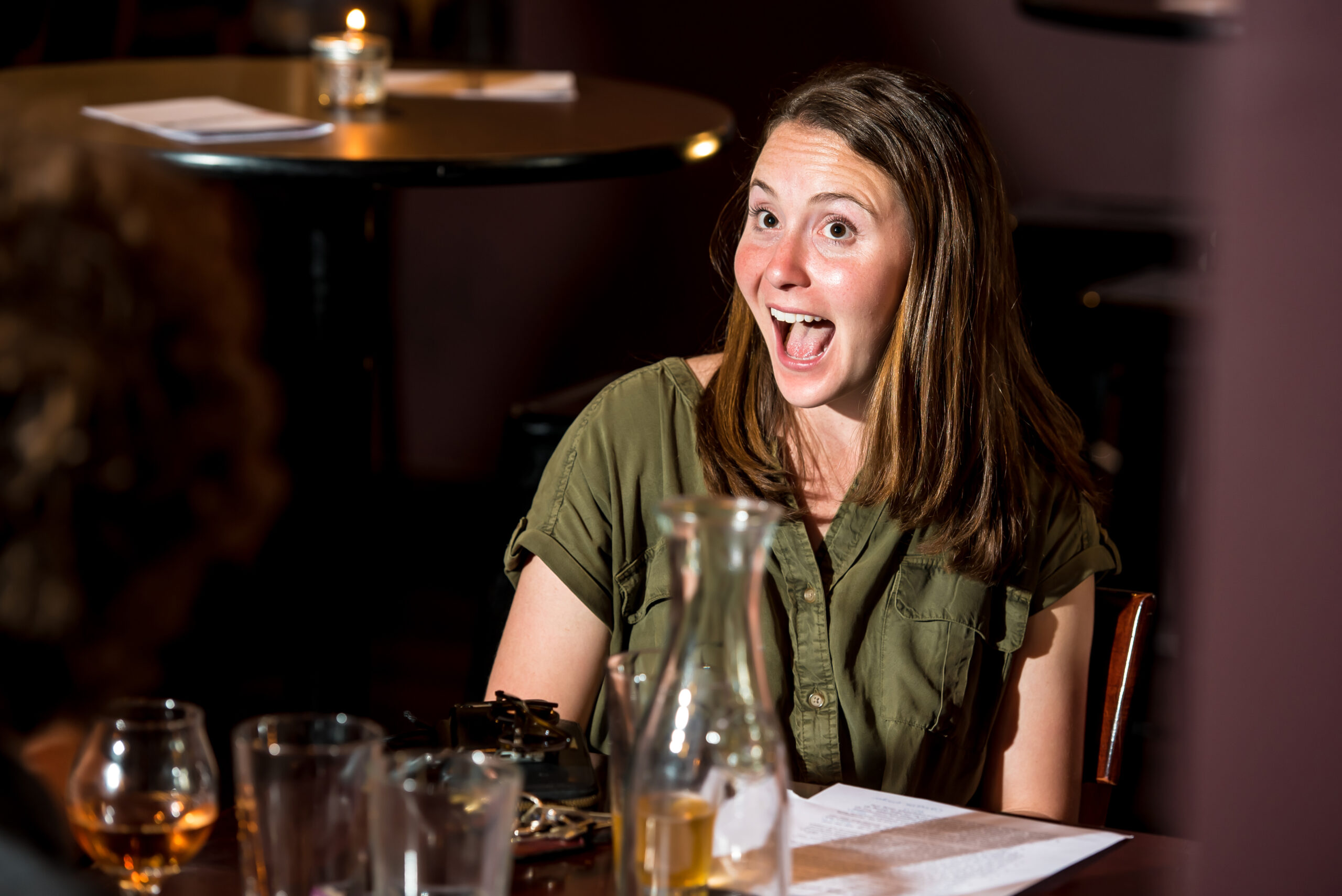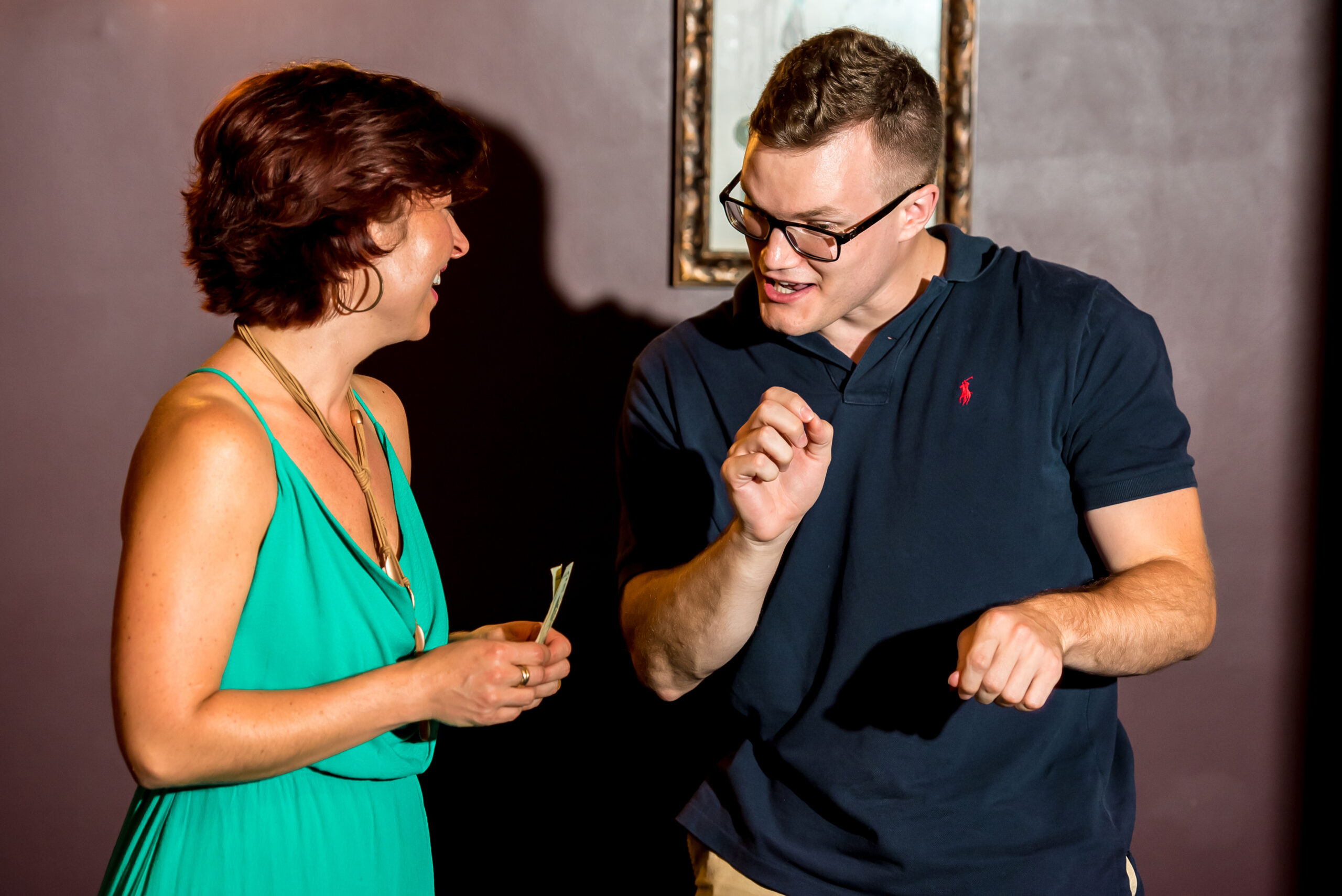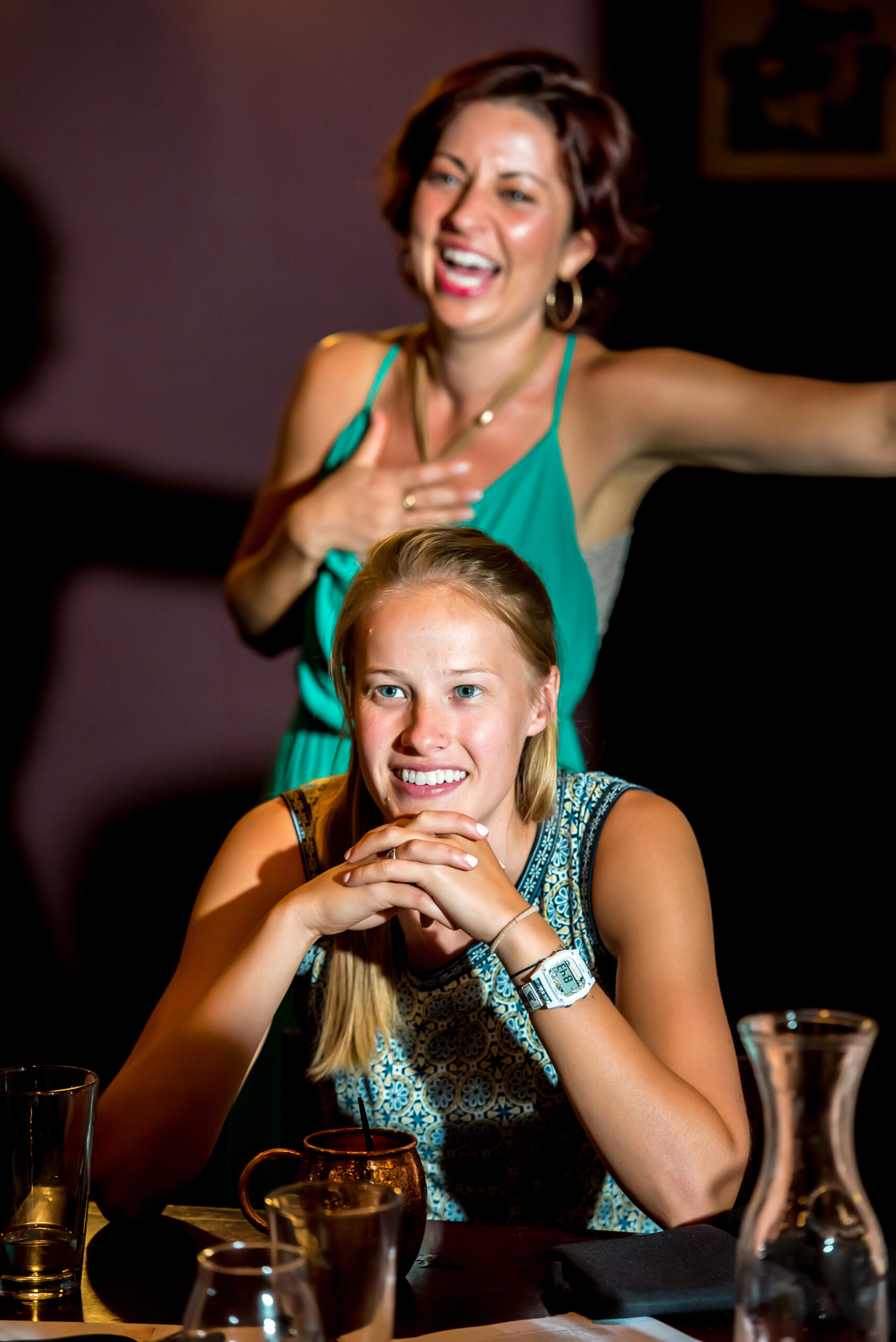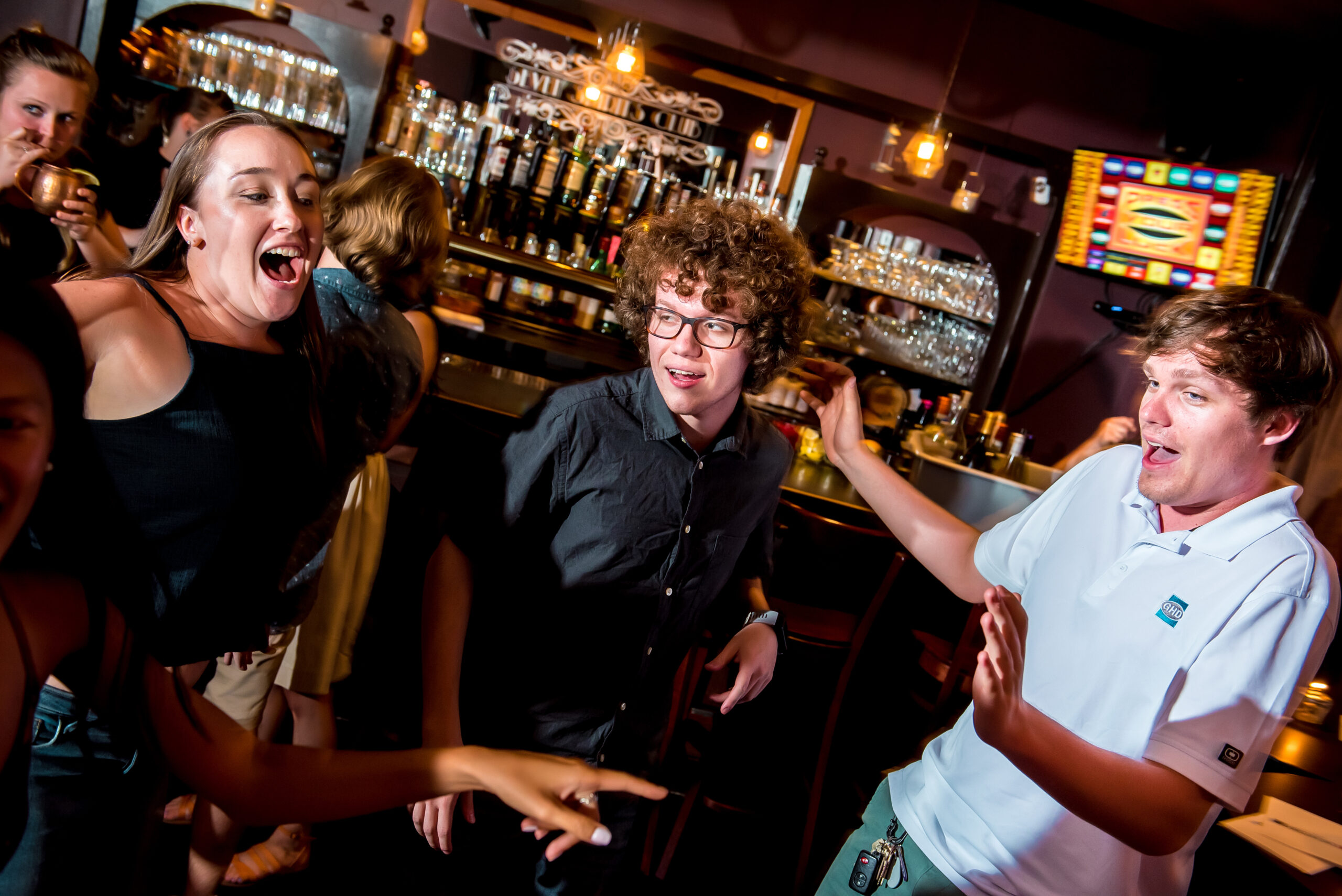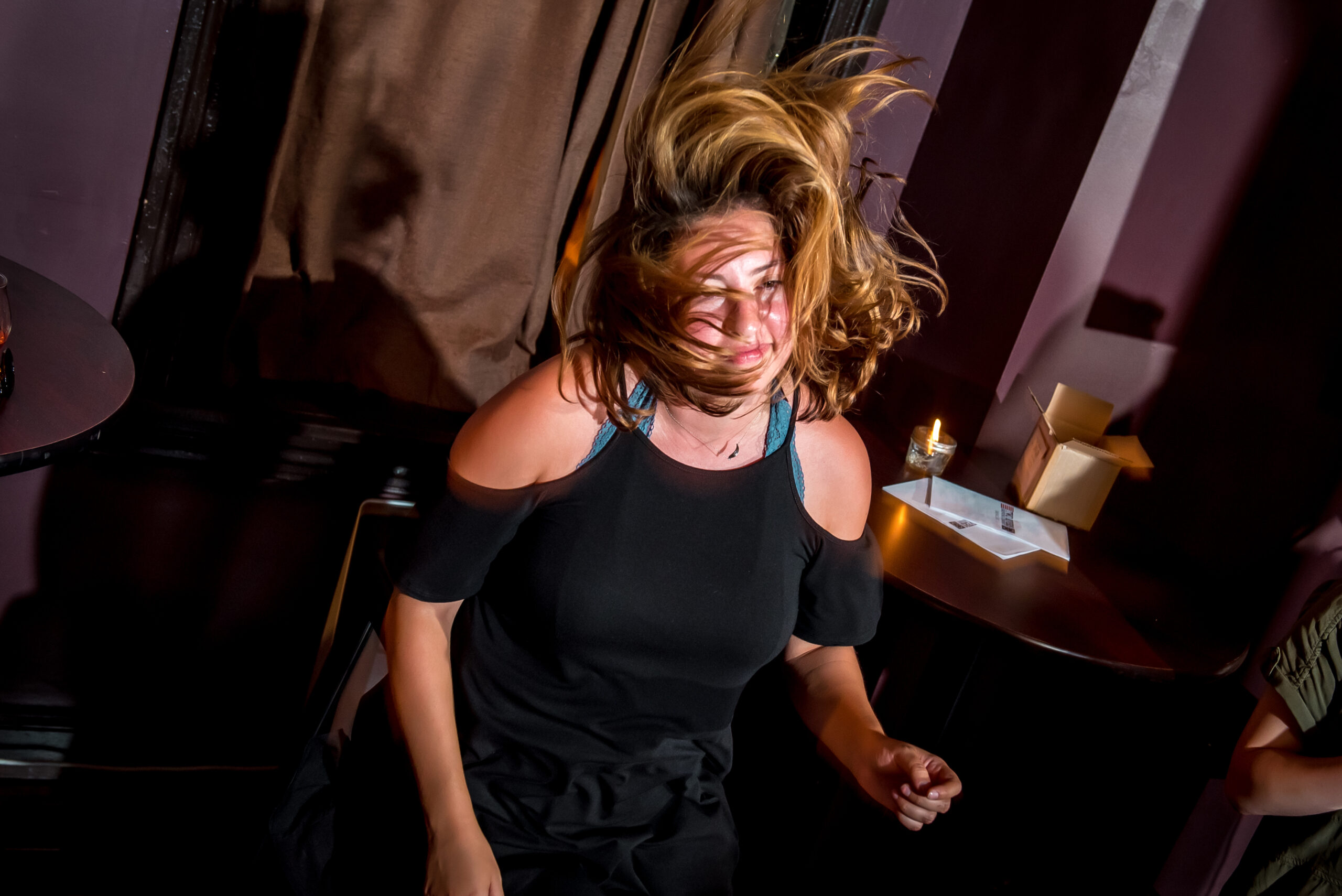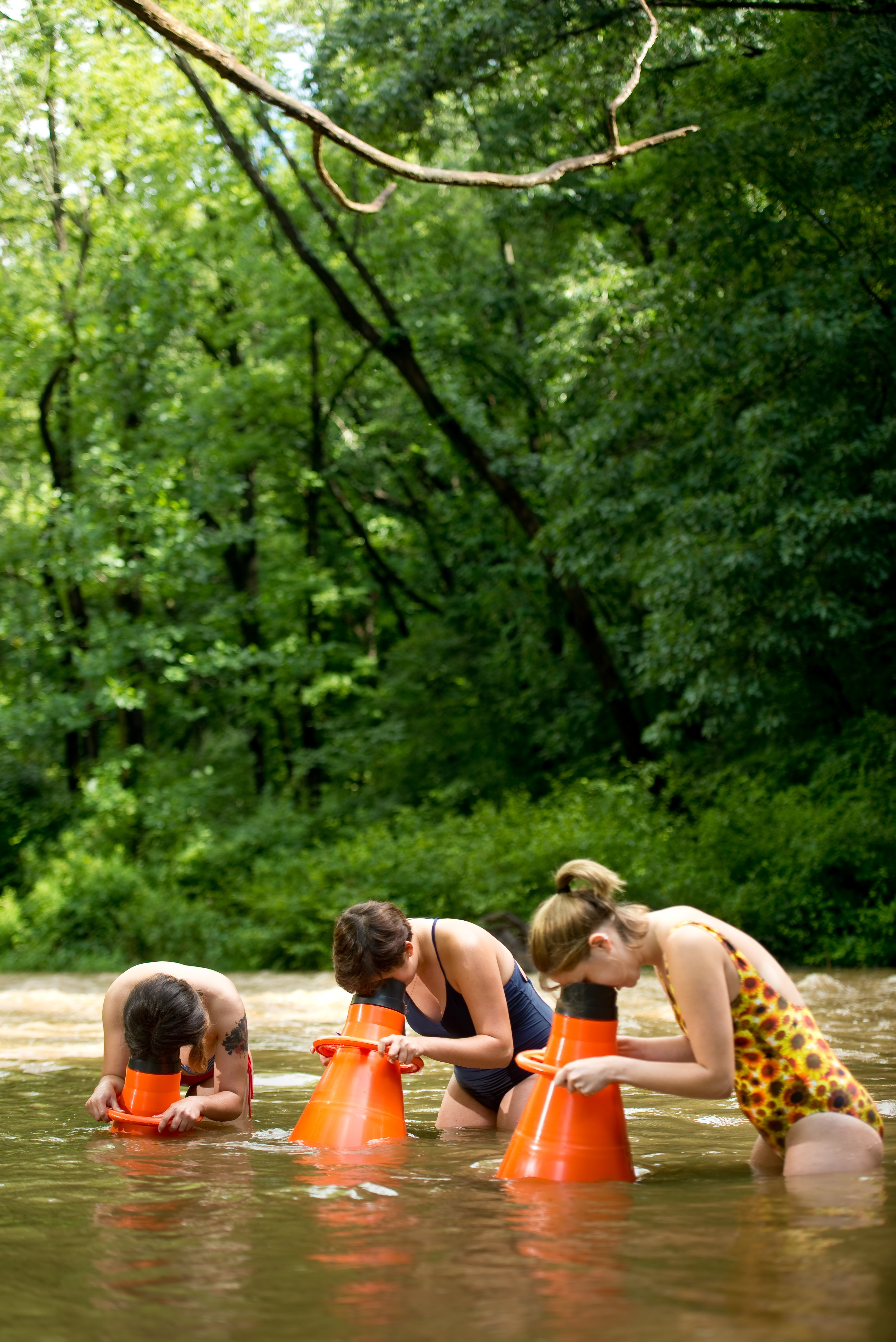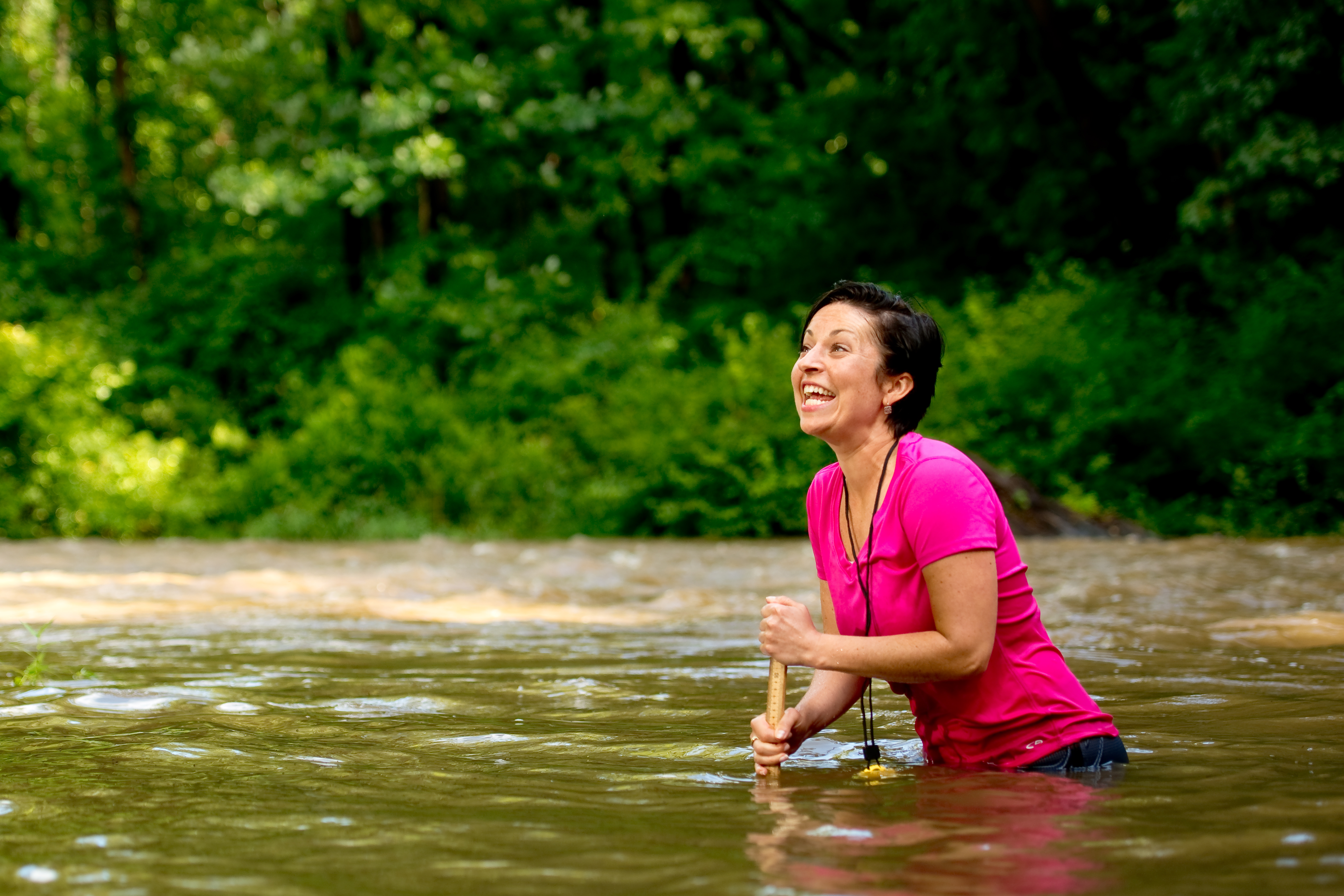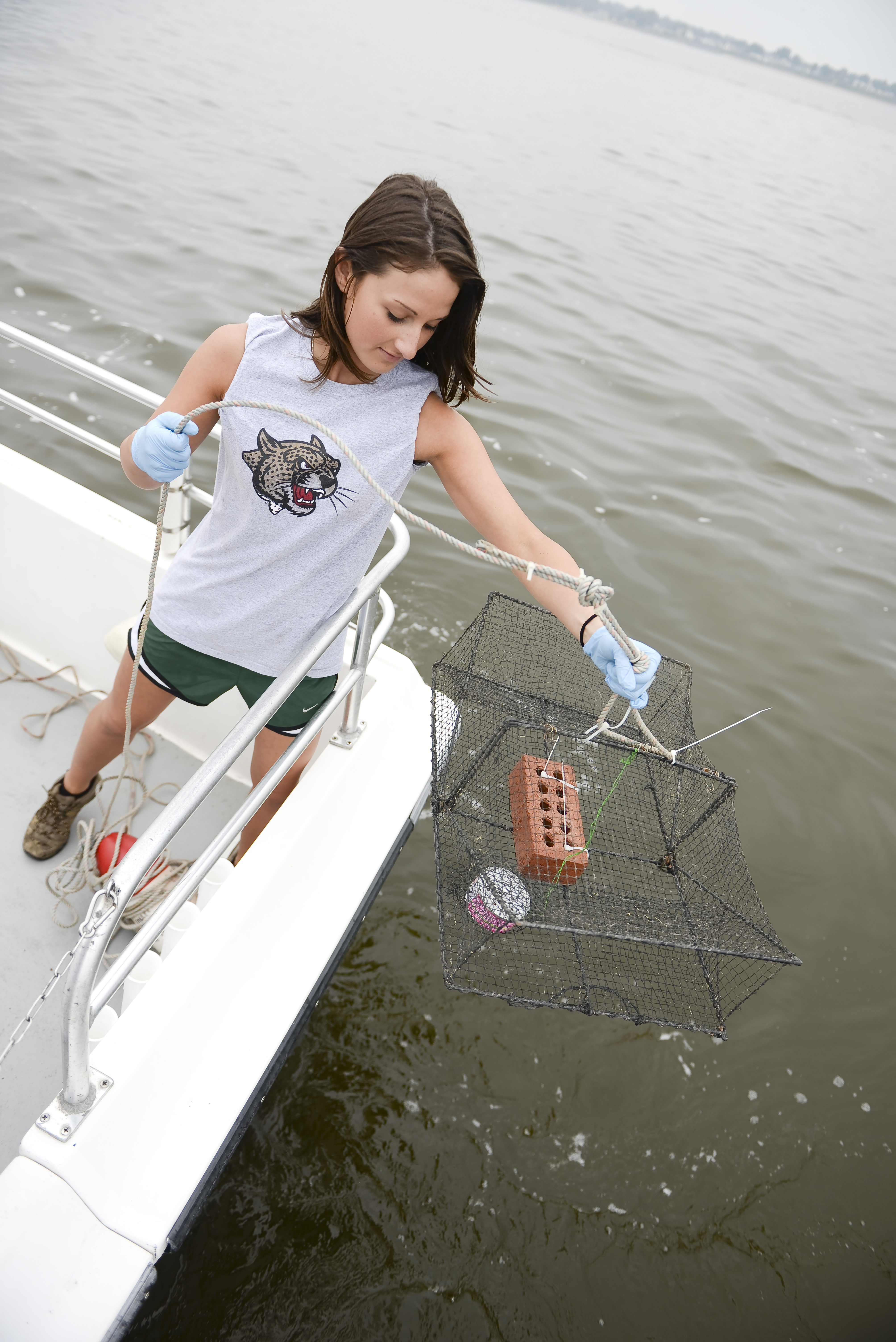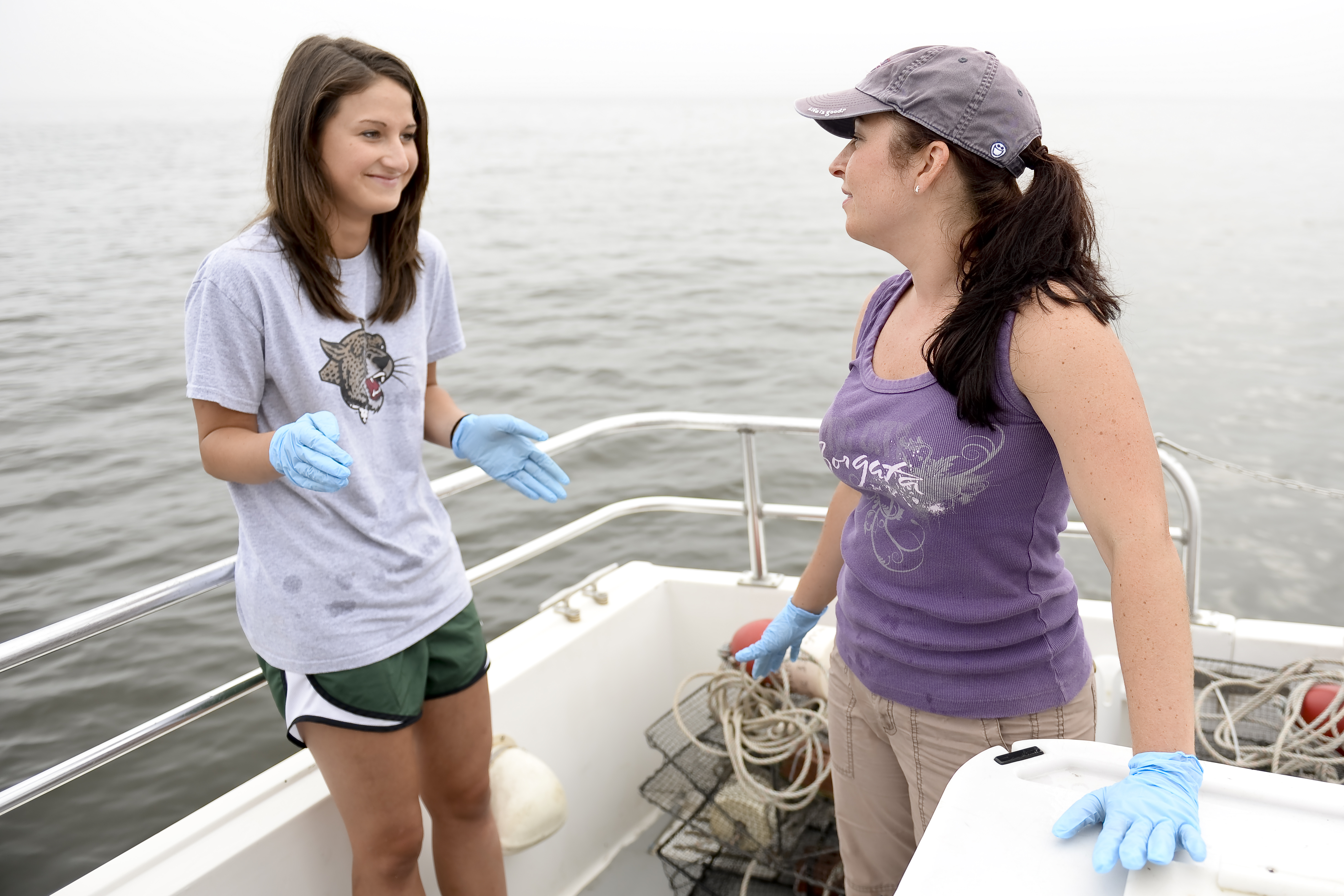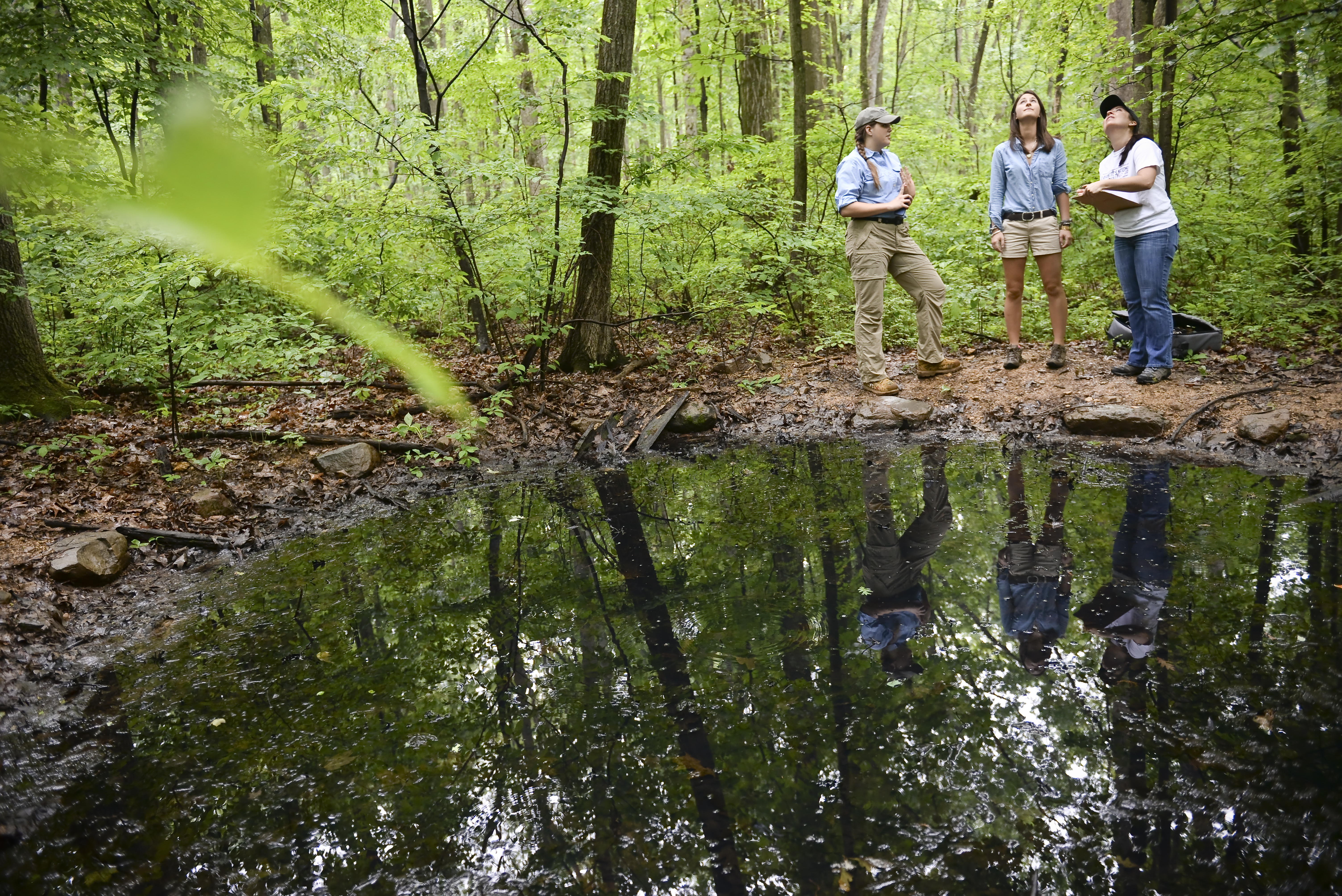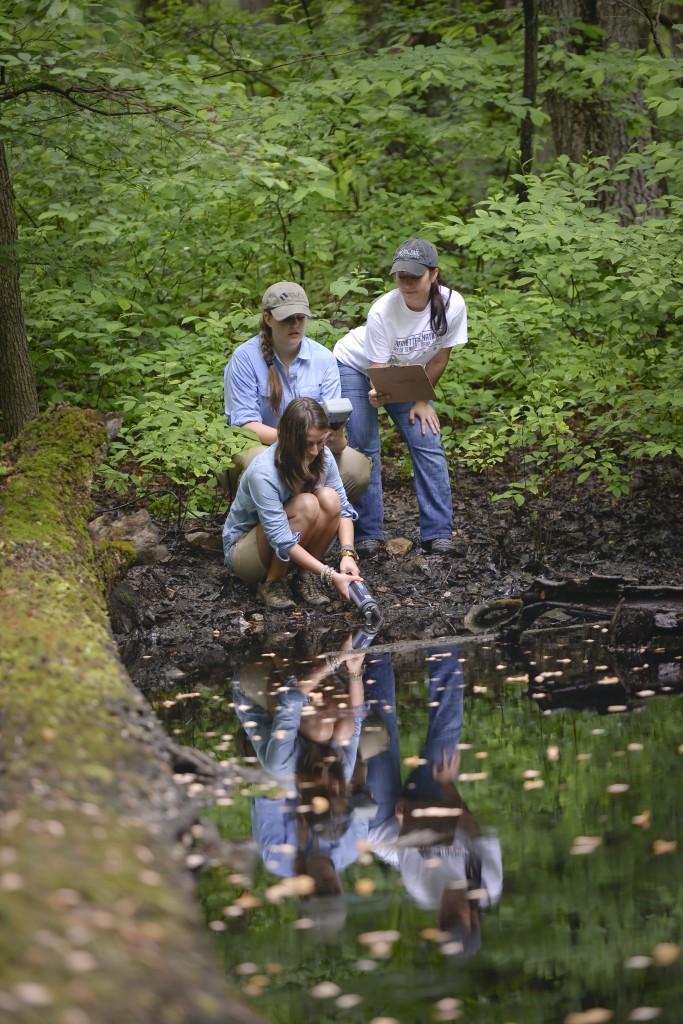Lab family has been involved in pre-restoration monitoring in the Bushkill Creek since 2010 ever since we learned about the Natural Resource Damage Settlement which would fund both dam removals and freshwater mussel reintroduction. The litigation and planning process took well over a decade, but restoration is now underway. Dam 5 was removed in September 2021. Dams 1 and 3 were removed in summer 2023. Dam 2 was removed in June 2024, and we introduced two species of native freshwater mussels to newly reconnected portions of Bushkill Creek on June 27th, 2024. Below are photos of Lab Fam and Summer EXCEL student, Eurnett Christopher ’25, helping with mussel reintroduction and monitoring. The 4th dam is slated to be removed in summer 2025.
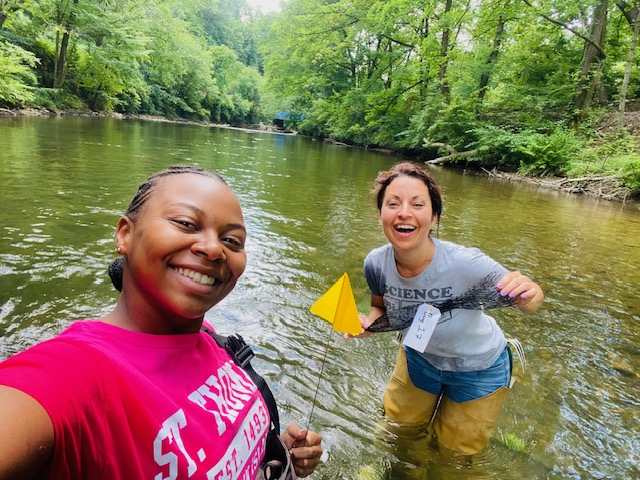



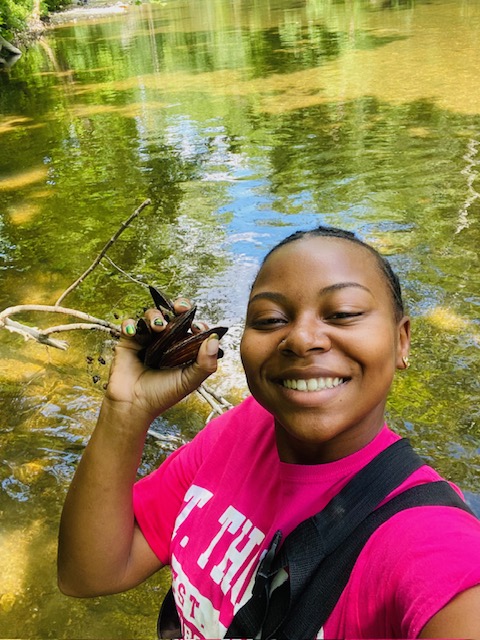

Dams 1, 3, and 5 gone and more to go!
THE BUSHKILL CREEK DAMS ARE FINALLY BEING REMOVED! Read more here.
LAB FAM REUNION PHOTOS
LAB FAMILY REUNION!
We are currently in the process of planning a 10-year reunion to celebrate the success of the lab and each other! The event will happen sometime in summer 2019 to correspond with the opening of the new Rockwell Integrated Sciences Center. If you haven’t done so already, fill out the doodle poll Andrew emailed out to let us know when you are available in July and August 2019! We hope to see you there, LAB FAM!
More details to follow – stay tuned!
Summer 2017 Research
Over the past 10 weeks, my Excel and Nalven scholars have been busy working on some exciting field projects in conservation biology and restoration ecology.
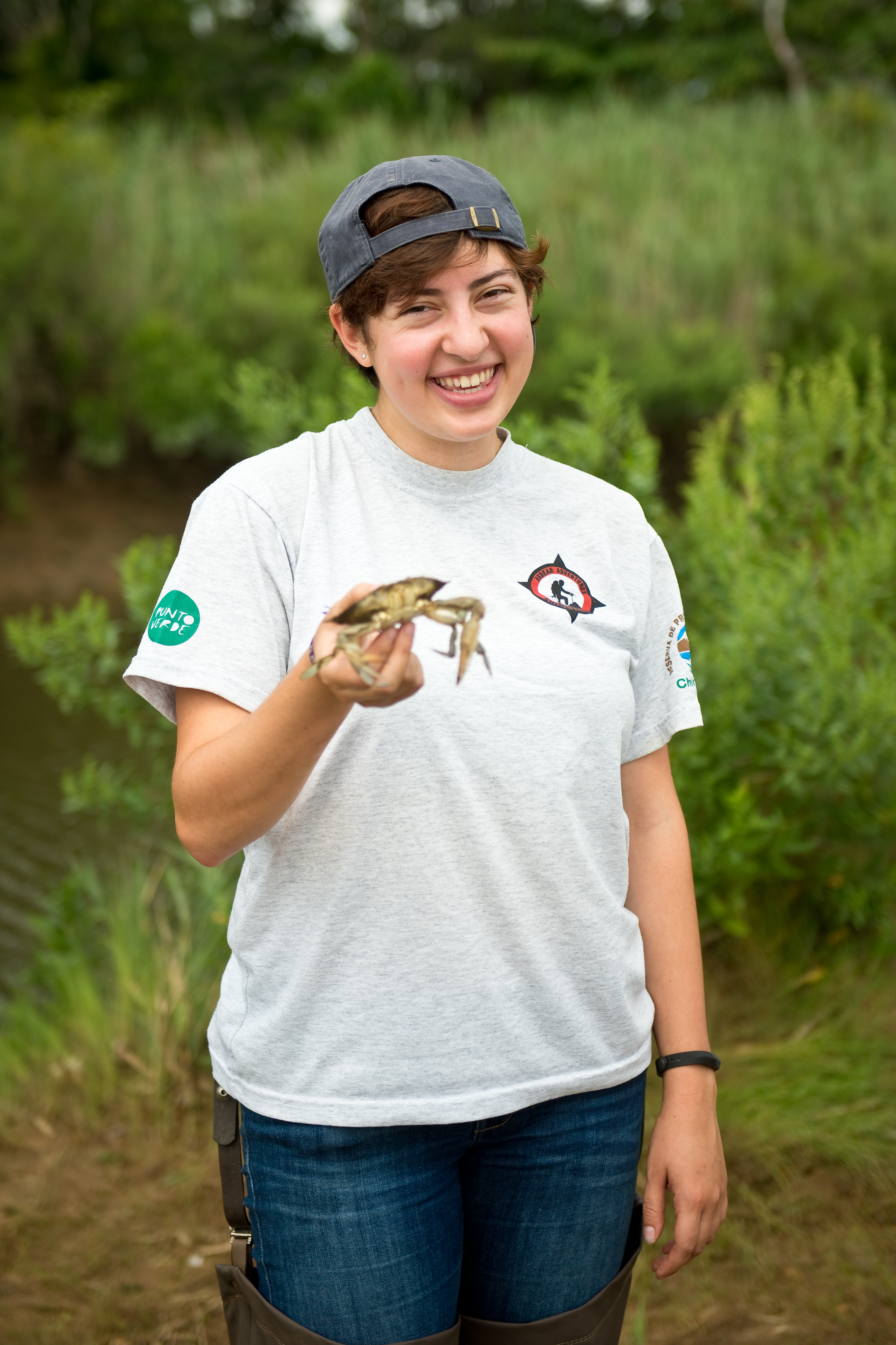
Juliana Ventresca ’18 is studying two invasive crabs in the Hudson-Raritan Bay for her honors thesis in Biology. The Chinese mitten crab (Eriocheir sinensis) and Asian shore crab (Hemigrapsus sanguineus) have been introduced to a number of estuarine and river systems outside of their natural range where they have destroyed biodiversity and economic infrastructures. As a result, their introduction to New York and New Jersey is a concern.
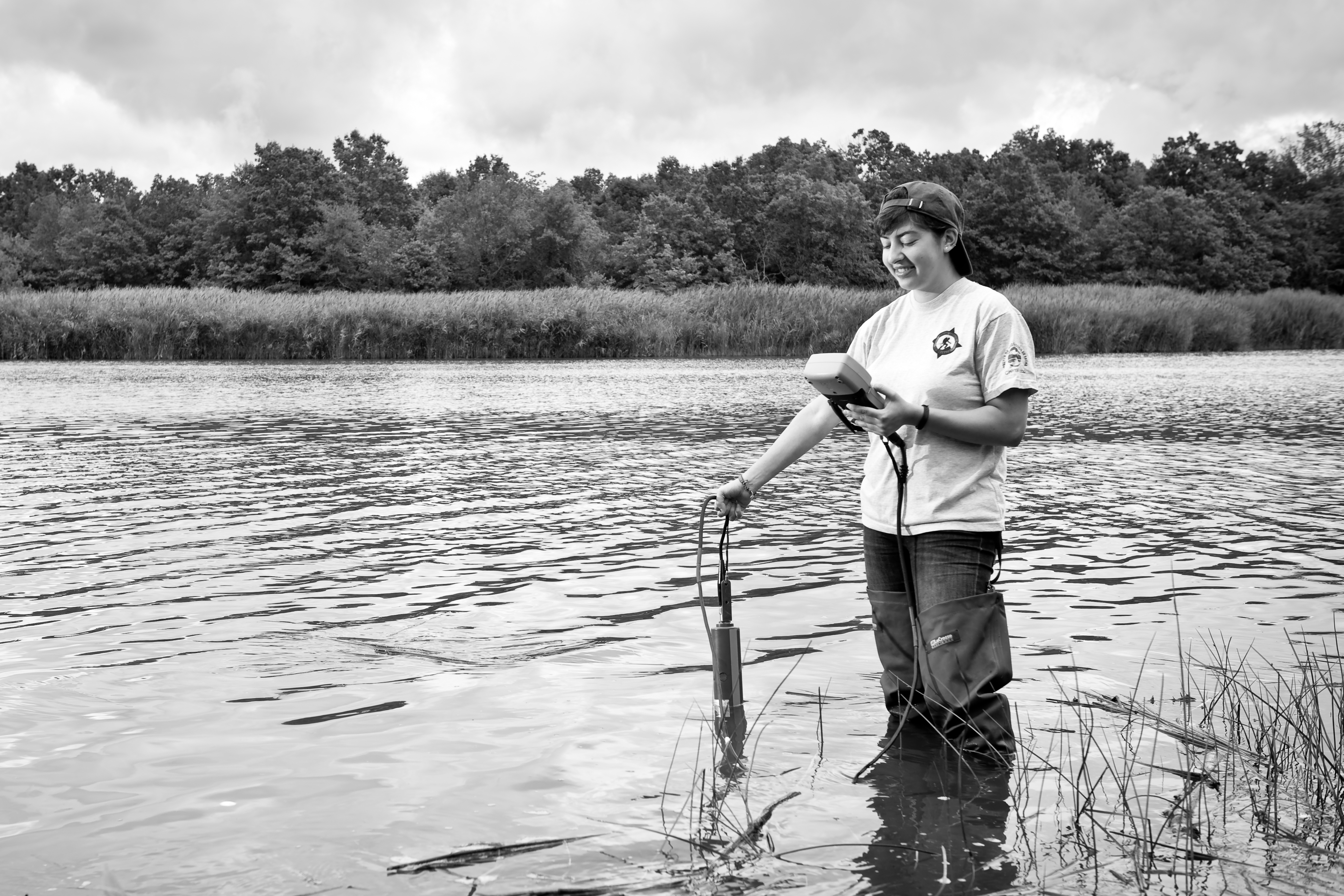
Juliana’s research addresses a number of factors interfering with the development of a more successful management plan for these two invasive species through improved monitoring efforts, development of a centralized database, and community outreach to raise awareness.
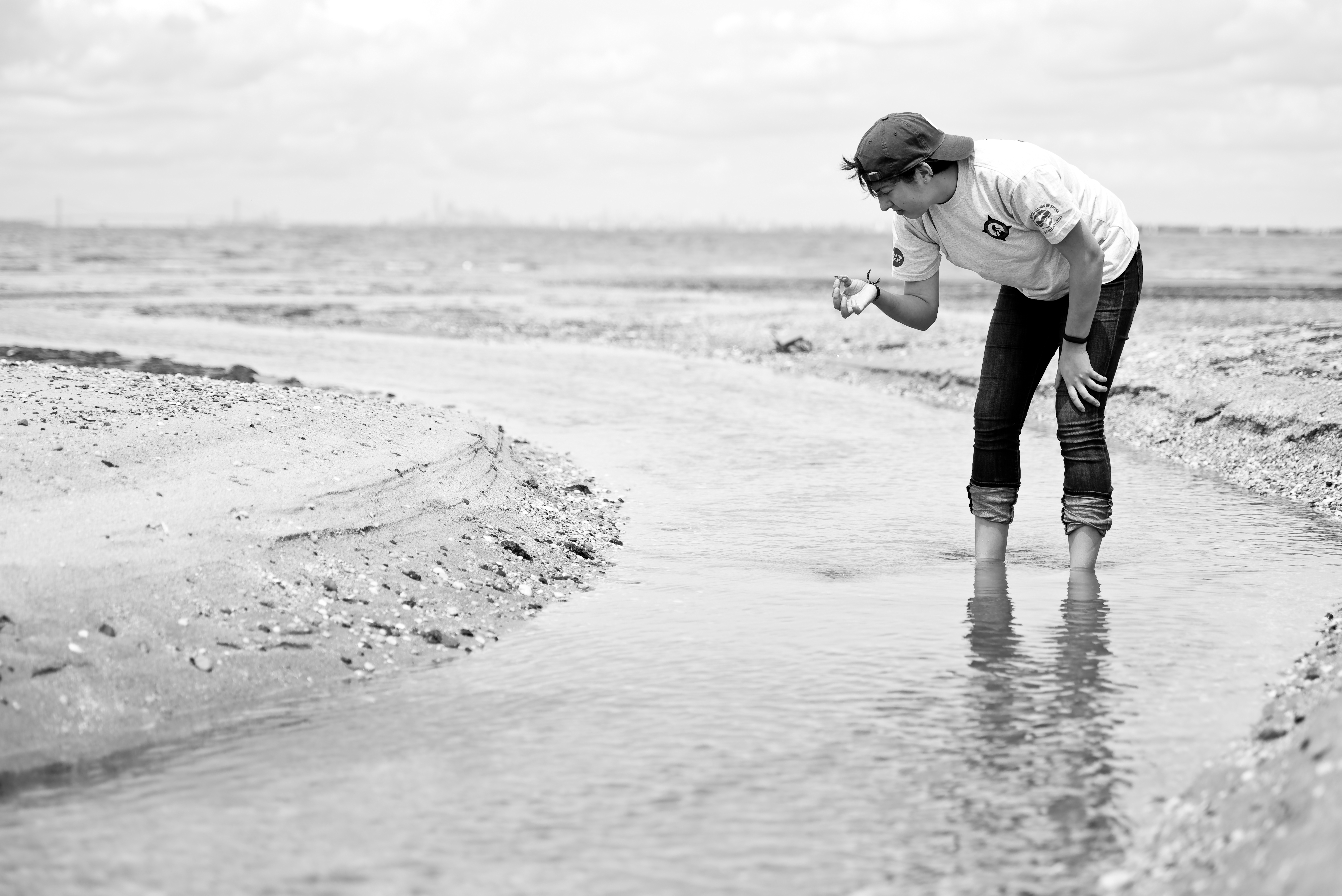
Information that we have received through interviews with anglers in the Hudson-Raritan area indicates that both the Chinese Mitten crab and Asian shore crab are seasonally abundant in tidal streams like this one – Many Mind Creek.
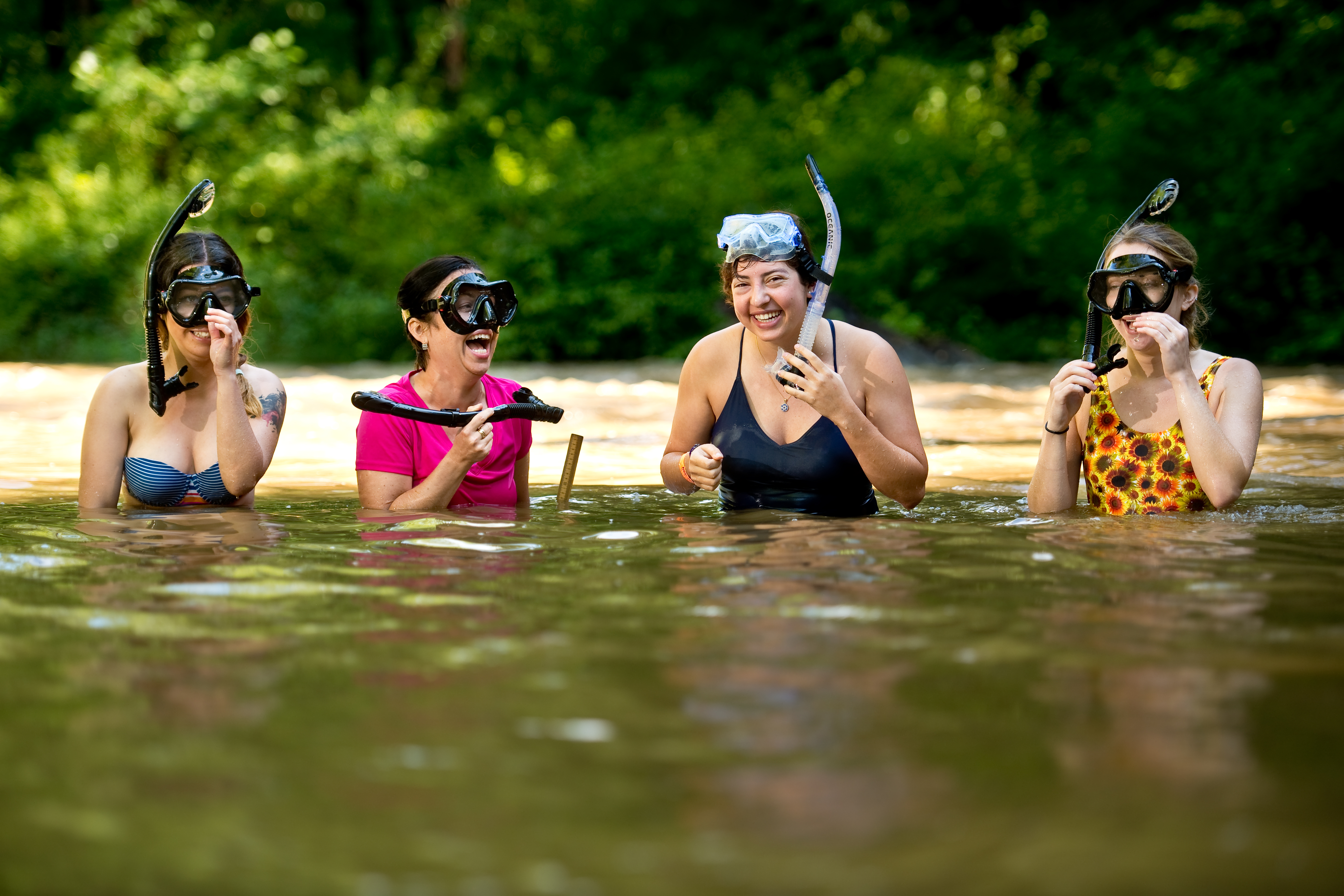
For her Honors Thesis research, Esra Demirhan ’18 (left of image) is investigating freshwater mussel abundance, diversity, and distribution prior to dam removals in Bushkill Creek. There is some concern that existing populations of mussels, some of which are federally threatened with extinction, will be harmed by sediments released through dam removal. In order to find the mussels and conserve them, we must carefully survey bottom sediments…USING SNORKELS!
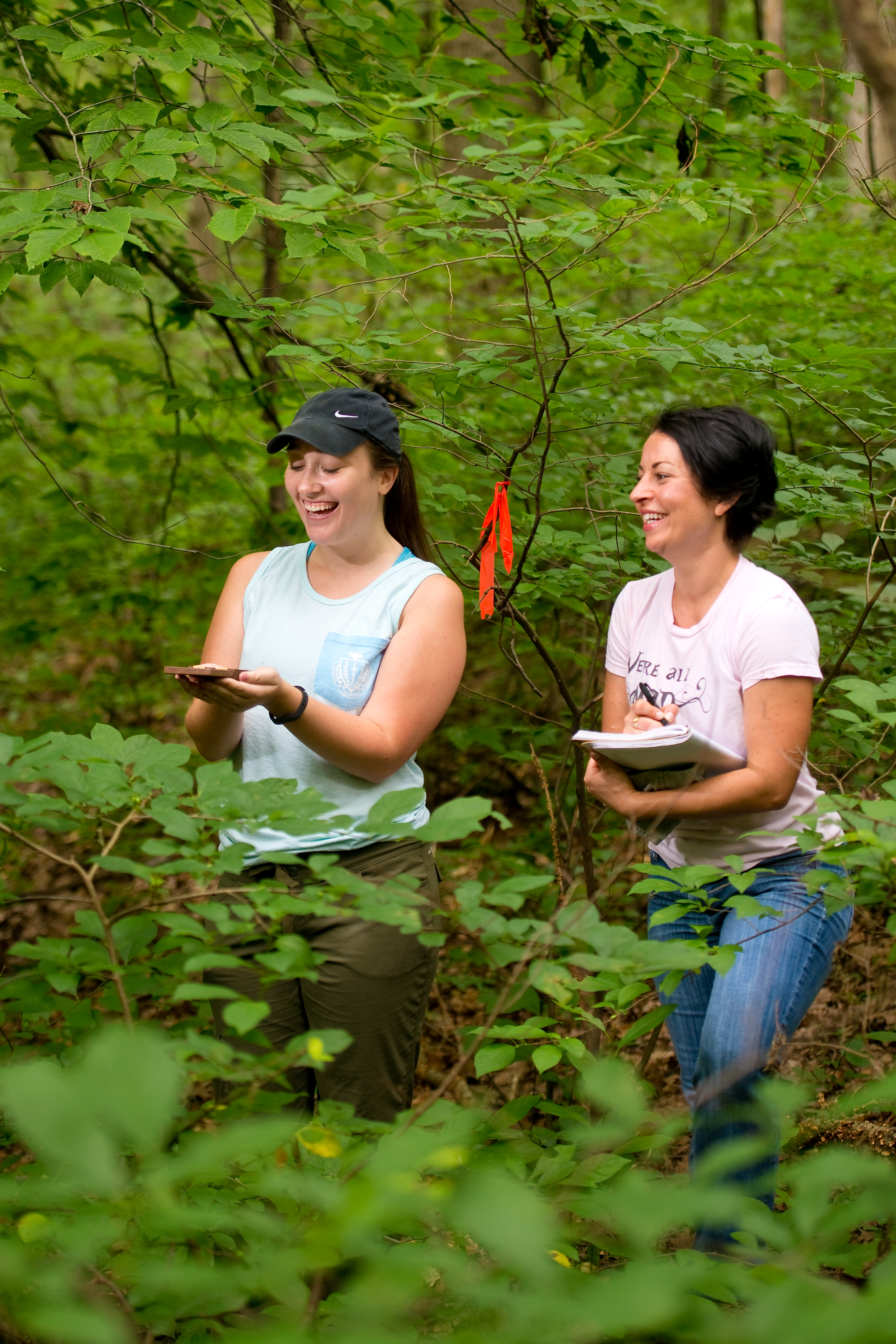
Another one of my students, Emily Lynch ’18 (left of image), is studying the impact of habitat fragmentation on terrestrial salamanders in Jacobsburg State Park. In this image, Emily is measuring canopy cover using a densiometer since we know from previous studies that salamanders tend to prefer forests with closed canopies and moist leaf litter.
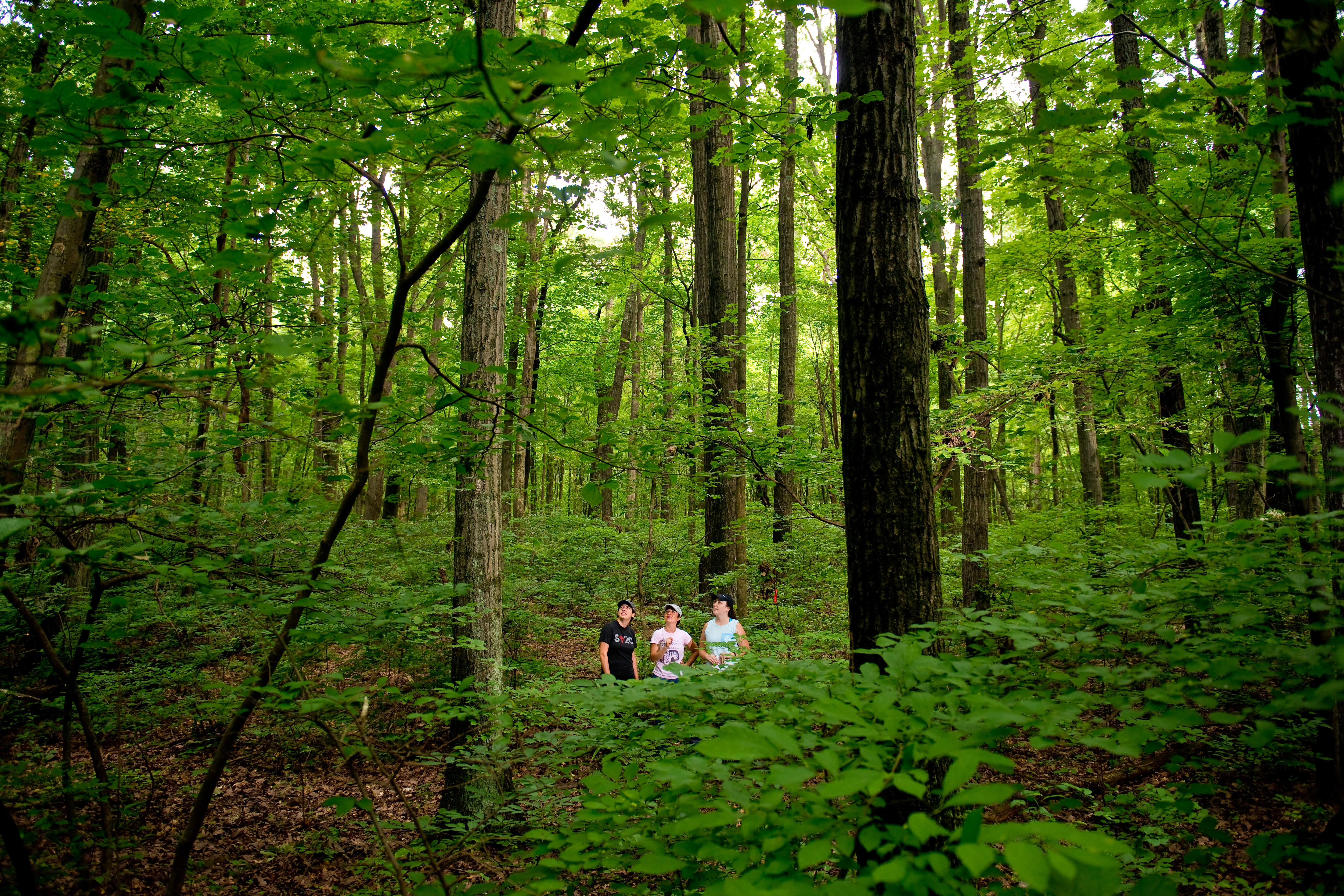
We expect the site in this image, which is in a isolated area of the park more than 1,000 meters from the nearest road, to have a greater abundance of terrestrial salamanders.
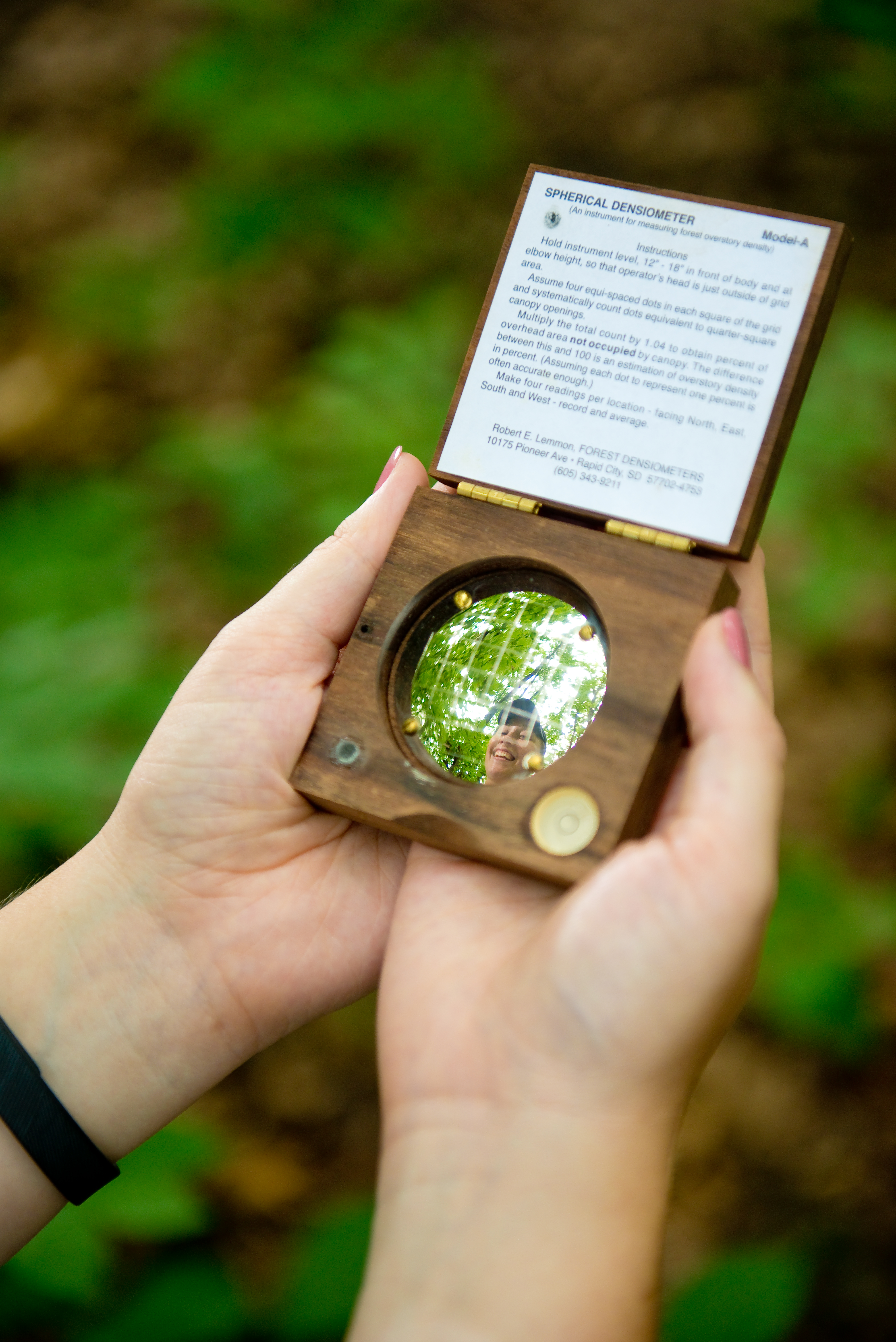
A close-up view of the densiometer, which is a mirror reflector engraved with a cross-shaped grid of 24 quarter-inch squares to delineate a plot overhead. You use the grid to estimate the proportion of the sky overhead that is under cover of the tree canopy.
PHOTO CREDIT (all photos): Bill Stank, PhotoSynthesis Photography. http://www.photosynthphoto.com/
Summer 2014 Research
Over the past 10 weeks, my summer Excel and Nalven scholars have been busy working on some exciting research projects.
Sarah Woodruff ’15 is a B.S. Biology major with a strong interest in the social sciences. She will be combining her interests in the natural and social sciences for her Honors Thesis project entitled: “Abundance, distribution, and social perceptions of two non-native crab species in the Raritan Bay System: an interdisciplinary approach to bioinvasion.” She will be not only studying the distribution of these invasive crabs, and their impact on native species, but also conducting interviews with local fishermen to assess their awareness of the problem. This aspect of her research is unique because few studies involving biological invasions delve into social perceptions of the invasive species in question. Sarah believes this is a serious oversight because humans are a critical component of food webs in most ecosystems and because the economic impacts of invasive species greatly affect the livelihood of local people. The more people are affected by an invasive species, the more they will favor management of that species. Therefore, in order to come up with a management plan for any invasive population, social perception of the biological invasion must be assessed and considered.
Katie Engberg ’15 is a B.S. Biology major interested in conservation science. As a result, Katie has decided to investigate “The Effect of Road Proximity on Abundance and Movement Patterns of Vernal Pool-Dependent Wood Frogs in Jacobsburg State Park.” Amphibians are the most threatened group of vertebrates, with about 40% at risk of extinction. Habitat loss is one of the main threats to amphibians, and of the amphibian species that populate Northeastern North America, approximately 45% rely on vernal pools as their primary breeding habitat. Katie wonders how the proximity of roads impacts water quality and amphibian abundance in these very important habitats. She has been collecting data on hydroperiod, water chemistry, egg masses, and adult frogs at 5 vernal pools within Jacobsburg State Park – 3 isolated pools and 2 near a road.
She hypothesizes that the isolated pools and pools near roads will differ in both abiotic factors and in wood frog abundance. She also hypothesizes that wood frogs will be more abundant in the isolated pools that are free from the factors that could diminish wood frog numbers, such as road mortality and habitat fragmentation. She expects that this abundance will be shown in both their egg mass numbers and numbers of captured adult wood frogs during the upland movement monitoring.
She’s only begun to collect her data, but we will keep you all posted!
Harmful Algal Blooms (HABs) Increasing in Frequency
Recent news articles relating to HABs:
Algae toxic to dogs and one dies
Red tide off Florida coast kills manatees
Blood red lakes in Ohio due to toxic algae
Hot weather ripe for toxic algal blooms
Rock Snot in the Upper Delaware
NOAA predicts significant blooms in Lake Erie
Toxic Algae Shuts Down Water Plant
Fish and Marine Mammal Deaths in Australia
Farming Groups Focus on HAB prevention
Superstorm Sandy
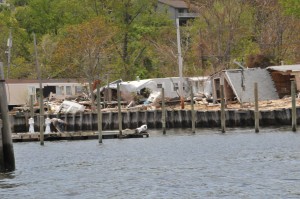
Damage caused by Hurricane Sandy to the Atlantic Highlands marina where we conduct our research on Raritan Bay.
Hurricane Sandy made landfall along the coast of New Jersey on October 29, 2012 and caused major damage to both the New Jersey and New York coastlines. Although precipitation totals associated with the storm were less than predicted, Hurricane Sandy arrived close to spring high tide and created a record storm surge in Raritan Bay at Sandy Hook of >3.0 m. Hurricane Sandy is the largest Atlantic hurricane on record and the second-costliest Atlantic hurricane in history (behind Hurricane Katrina). Damage caused by Hurricane Sandy took several WWTPs offline in New Jersey, and raw sewage carrying high levels of fecal coliform bacteria, nutrients, and pollutants emptied into New Jersey’s rivers and estuaries, including Raritan Bay. We are currently analyzing the environmental impact of Hurricane Sandy on Raritan Bay water quality in the fourth year of our monitoring study.
We planned to carry out a controlled, in situ microcosm experiment in Raritan Bay to investigate the interaction of nitrate, ammonium, and ferrous iron in structuring phytoplankton assemblages in Raritan Bay on November 3, 2012. Unfortunately, this date was less than one week after Hurricane Sandy hit the coast of New Jersey. Because Hurricane Sandy completely destroyed the Atlantic Highlands Marina and damaged the boat we charter for our research, we were unable to complete the experiment as planned. This is the unfortunate reality of field work even for the most organized of folks! However, we were able to successfully complete this experiment on May 25, 2013. Yay!
“Lab Family” Members Present Research at NCUR, PAS, and LVEES
A list of conference presentations given by my students over the past year:
“Assessing the quality and availability of GIS data for point and non-point sources of nutrients and pollutants in the Raritan River Basin” by A.B. Chun* and M.B. Rothenberger. National Conference of Undergraduate Research, Ogden, UT (March 2012).
“Status and trends of macroinvertebrate communities as indicators of water quality: a tool for assessing dam removal” by C.S. Feiro* and M.B. Rothenberger. National Conference of Undergraduate Research, Ogden, UT (March 2012).
“Efficacy of Galerucella beetles as biocontrol agents of L. salicaria at Jacobsburg State Park” by S. Foye* and M.B. Rothenberger. Annual Conference of the Pennsylvania Academy of Sciences, Allentown, PA (April 2012, with published abstract).
“Plankton dynamics and eutrophication in Raritan Bay: linkages between harmful algal bloom (HAB) species and long-term nutrient enrichment” by C.D. Cabrey* and M.B. Rothenberger. Annual Conference of the Pennsylvania Academy of Sciences, Allentown, PA (April 2012, with published abstract).
“Density and distribution of the invasive Asian shore crab (Hemigrapsus sanguineus) and Chinese Mitten Crab (Eriocheir sinensis) in the Raritan River Basin” by A. Pong* and M.B. Rothenberger. Pennsylvania Academy of Sciences, Bradford, PA (April 2013).
“Density and distribution of the invasive Asian shore crab (Hemigrapsus sanguineus) and Chinese Mitten Crab (Eriocheir sinensis) in the Raritan River Basin” by A. Pong* and M.B. Rothenberger. Lehigh Valley Ecology & Evolution Symposium, Easton, PA (April 2013).
“Fifty years later: re-examining the cultural eutrophication problem in Raritan Bay” by T. Swaffield* and M.B. Rothenberger. Pennsylvania Academy of Sciences, Bradford, PA (April 2013).
“Fifty years later: re-examining the cultural eutrophication problem in Raritan Bay” by T. Swaffield* and M.B. Rothenberger. Lehigh Valley Ecology & Evolution Symposium, Easton, PA (April 2013).
“Status and trends of macroinvertebrate communities as indicators of water quality: a tool for assessing dam removal” by R. Hughes* and M.B. Rothenberger. Pennsylvania Academy of Sciences, Bradford, PA (April 2013).
“Status and trends of macroinvertebrate communities as indicators of water quality: a tool for assessing dam removal” by R. Hughes* and M.B. Rothenberger. Lehigh Valley Ecology & Evolution Symposium, Easton, PA (April 2013).
“Hydrological and biological characteristics of constructed compared with natural vernal pools” by E. Cole* and M.B. Rothenberger. Lehigh Valley Ecology & Evolution Symposium, Easton, PA (April 2013).
Galerucella Beetle Release
Shane Foye ’12 will be documenting the impact of the biocontrol beetles, Galerucella calmariensis and Galerucella pusilla on growth of L. salicaria at two wetland plots within Jacobsburg State Park. After receiving permission and permits from the state and the USDA APHIS, we released 400 beetles in the park on July 27, 2011. At one site, we will be conducting a controlled experiment and monitoring the impact of the beetles on loosestrife within enclosures (6 enclosures with and 6 enclosures without beetles), and, at the other site, we’ll be monitoring the combined impact of beetles and herbicide application.

Experimental enclosures that we will be using to monitor the impact of Galerucella beetles on purple loosestrife in Jacobsburg State Park.

